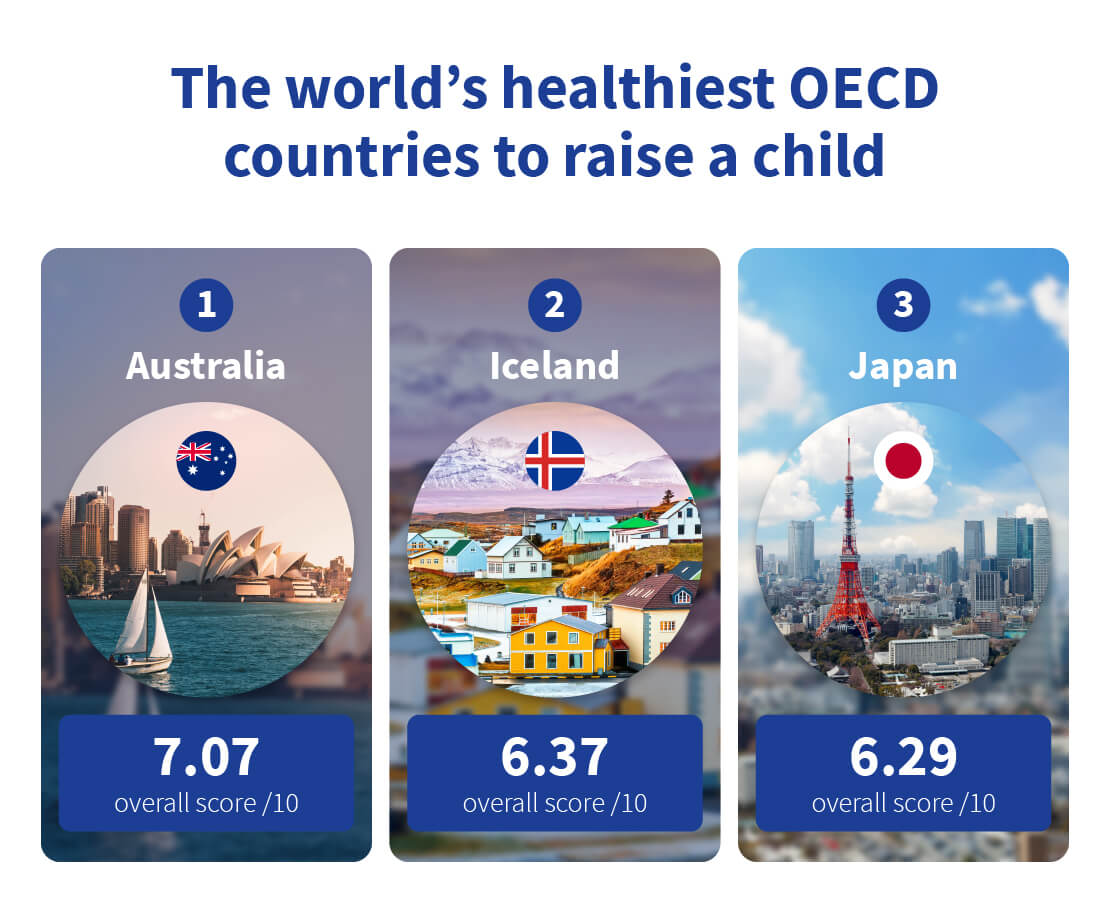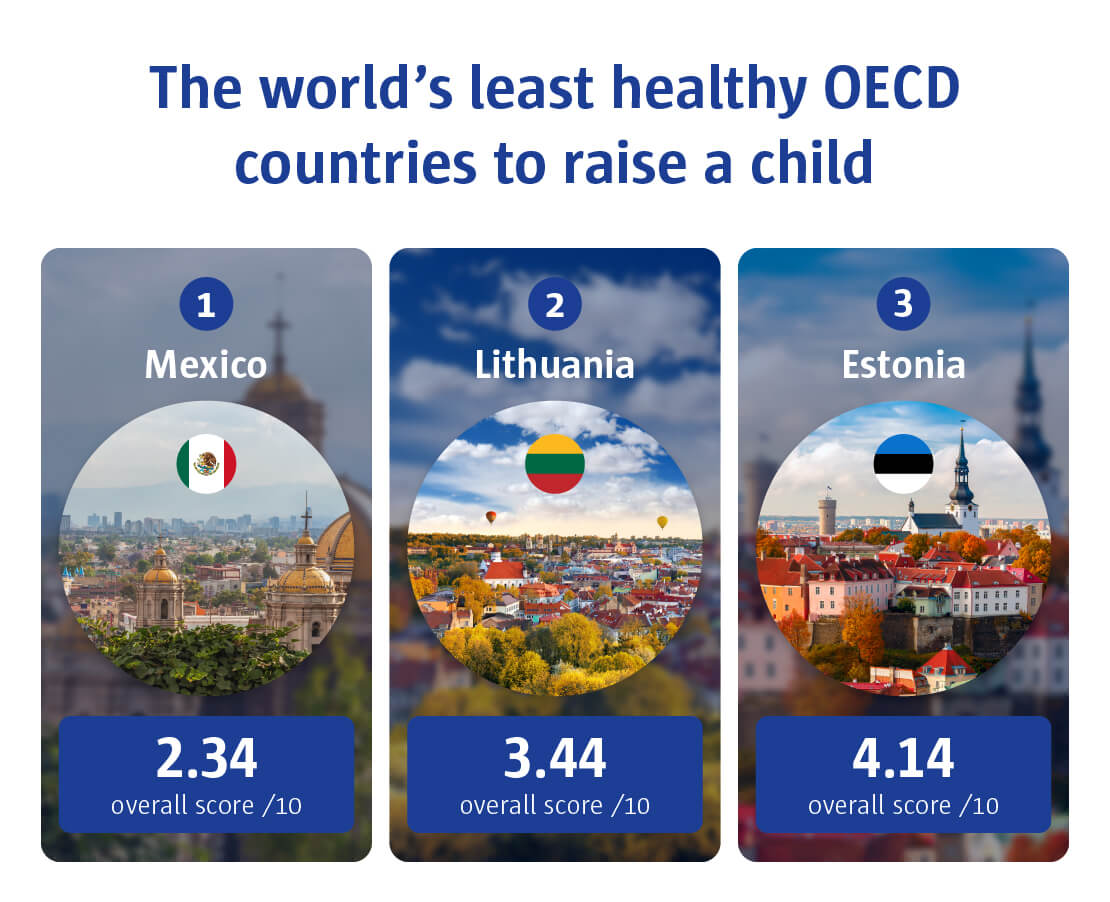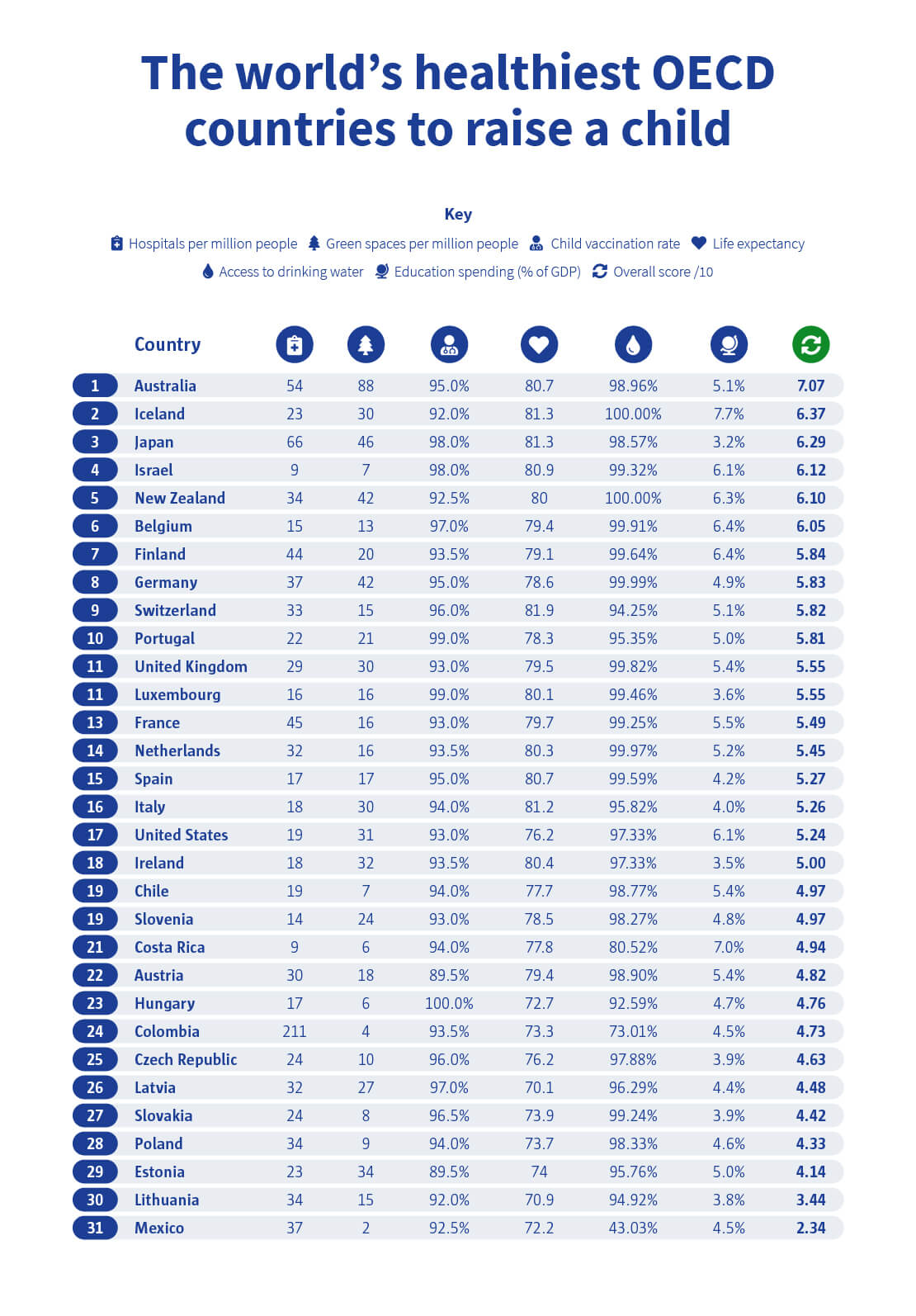The Burrow

When you’re a parent, the stress surrounding your children’s wellbeing can be immense. When they’re young, kids are vulnerable to health concerns and injuries and don’t always have the physical capacity to protect themselves in a worst-case scenario. That’s when private health insurance can come in handy.
With a policy in place, you can have peace of mind knowing that you have access to a range of benefits and services that would otherwise be significantly more expensive without cover. For example, with a private hospital insurance policy, you are able to choose your own available doctor and opt for a private room if you require hospital admission (subject to availability). Not only that, but you can avoid public waiting lists and get access to certain care more immediately by going through the private system.
The benefits can continue long into your children’s adult life, too. Some funds allow dependants to remain on their family policy until the age of 31, meaning you can even keep them covered while they’re finding their feet as a new adult.
As experts in health insurance, Compare the Market cares about the wellbeing of Australia’s parents and children, which is why we’ve done the research to determine where they might be able to live the healthiest lifestyle.
As it turns out, there’s quite a disparity between the various environments a child can grow up in. These have a huge impact on your little one’s growth and development and unfortunately, not every country around the world is equal when it comes to providing that perfect environment.
So, which nations are best set up to give kids the healthiest life possible? To find out, we’ve analysed 31 developed countries around the world on factors such as access to healthcare, education, vaccinations, and safe drinking water.
Read on to see how each nation compares.

In top spot is Australia, with a score of 7.07 out of 10. Australia scored particularly well for the number of green spaces per million residents, with 88, which was far more than any other country. Australia also has one of the highest life expectancies in the world and enjoys universal health care.
Nordic countries are often held up as having the best quality of life, so it’s perhaps not surprising to see Iceland in second place when it comes to places to raise a child. Iceland was one of just two countries where essentially every person had access to clean drinking water and also had the highest education spending at 7.7% of GDP.
Taking third place is Japan, with an overall score of 6.29 out of 10. Japan scored highly on a number of criteria including access to drinking water (98.57%) and average life expectancy, which is one of the highest in the world. The country is often seen as being one of the healthiest in the world, not just because of its excellent healthcare system, but also cultural habits too.

Bearing in mind that we’re just looking at developed countries (defined here as OECD members), the least healthy place to raise a child was Mexico. Mexico scored lowly in each of the factors that we looked at, especially when it came to access to safe drinking water, for which it was the lowest-scoring nation, with just 43.03%.
While Lithuanian citizens enjoy free state-funded healthcare, the country was the second-lowest in our ranking, scoring poorly on a number of factors, including the number of green spaces, life expectancy, and the number of hospitals per million people.
Another Baltic country takes third place for least healthy, with Estonia scoring marginally higher than neighbouring Lithuania. Again, while Estonia is a healthy country in some ways, such as offering universal healthcare, it scored badly for several factors, such as the number of hospitals per million people and had the lowest rate of childhood vaccination.

Hospitals: Colombia (211 per million people)
Access to healthcare is hugely important for both young and old, and when it comes to the concentration of hospitals it was Colombia that had the most (and by some distance). The South American nation had over 10,000 in total, which works out as 211 per million people.

Green spaces: Australia (88 per million people)
Having lots of green spaces such as parks and woodlands provide a number of benefits to youngsters, helping to improve both their physical and mental wellbeing, especially in urban areas where they might not otherwise get to spend much time in the great outdoors. Australia has the highest number per million people, with 88.

Child vaccination rate: Hungary (100%)
Vaccines have always been important, especially for young children, but they’ve taken on extra significance in the wake of the coronavirus pandemic. Hungary had the highest rate of child vaccination, listed as 100% by OECD when it comes to diphtheria, tetanus, pertussis and measles. Note that due to rounding this might not necessarily mean that every single child is vaccinated, it means that only a very small number aren’t.

Life expectancy: Switzerland (81.9 years)
Life expectancy is one of the best indicators of health in a country and when we look at this metric, Switzerland comes out on top with the average person living to be just shy of 82 years old.

Access to drinking water: Iceland & New Zealand (100%)
Unfortunately, access to safe drinking water isn’t a guarantee, even in developed countries. While the majority of countries that we looked at had very high levels of safe drinking water, just two had 100% and they were Iceland and New Zealand.

Education spending: Iceland (7.7% of GDP)
Nordic countries are known for their welfare systems and emphasis on education, which is, of course, hugely important to the development of children. Iceland spent the most on education, with 7.7% of its GDP, with a high level of people gaining degree level education too.

We chose to look just at developed nations for this research, using countries that are members of the Organisation for Economic Co-operation and Development (OECD).
For each country and based on latest available data, we gave a normalised score out of ten on each of the following factors, before taking an average across all six scores.
Hospitals
The number of hospitals per million people according to OECD.Stat.
Green spaces
The number of green spaces per million people listed on Tripadvisor. Population figures sourced from World Bank.
Child vaccination rate
The percentage of children vaccinated against diphtheria, tetanus, pertussis and measles according to OECD. Note that the figures shown are an average of the rates of vaccination for both diphtheria, tetanus, pertussis, and measles.
Life expectancy
The average life expectancy at birth according to OECD.
Access to drinking water
The percentage of the population using safely managed drinking-water services according to the World Health Organization’s Global Health Observatory.
Education spending
The percentage of each country’s GDP that is spent on education, according to the World Bank.
Brought to you by the health insurance experts at comparethemarket.com.au.